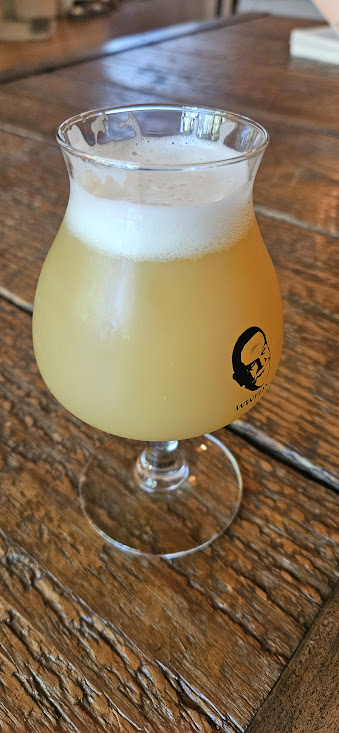Shenanigans
Well-Known Member
Hey Guys,
I want to brew another NEIPA soon.
I have the capability to mash enough grains for 10 gallons but only want 5 gallons NEIPA.
Have any of you every split the wort from an NEIPA and used the other half for another type of beer?
I was thinking of some kind of Belgian yeast with about 30 IBUs but would be open to other ideas.
Thanks!
I want to brew another NEIPA soon.
I have the capability to mash enough grains for 10 gallons but only want 5 gallons NEIPA.
Have any of you every split the wort from an NEIPA and used the other half for another type of beer?
I was thinking of some kind of Belgian yeast with about 30 IBUs but would be open to other ideas.
Thanks!












































![Craft A Brew - Safale BE-256 Yeast - Fermentis - Belgian Ale Dry Yeast - For Belgian & Strong Ales - Ingredients for Home Brewing - Beer Making Supplies - [3 Pack]](https://m.media-amazon.com/images/I/51bcKEwQmWL._SL500_.jpg)














